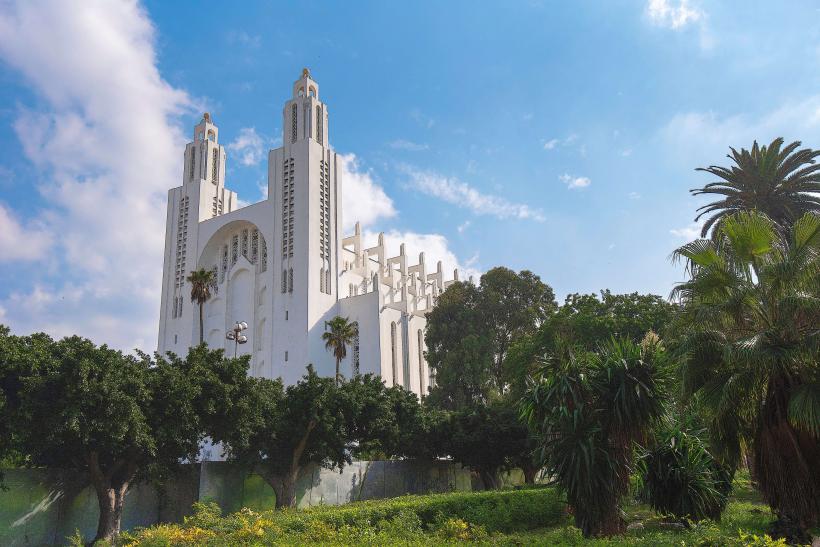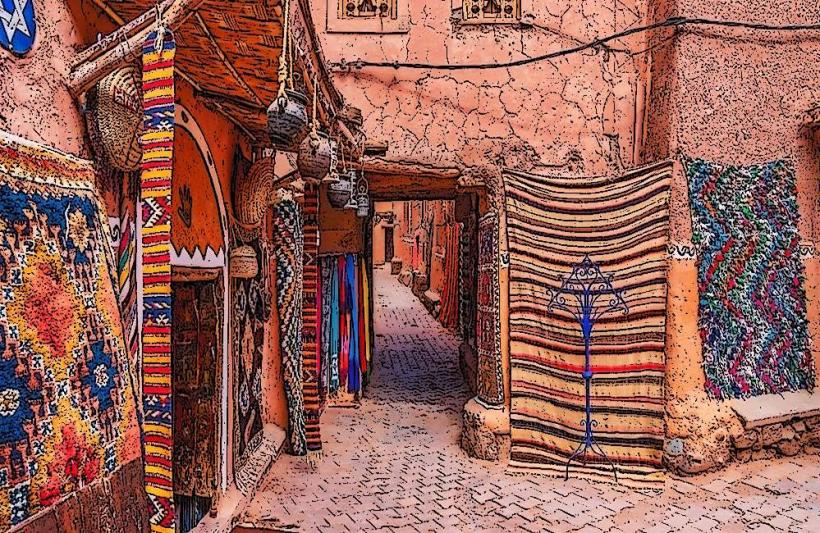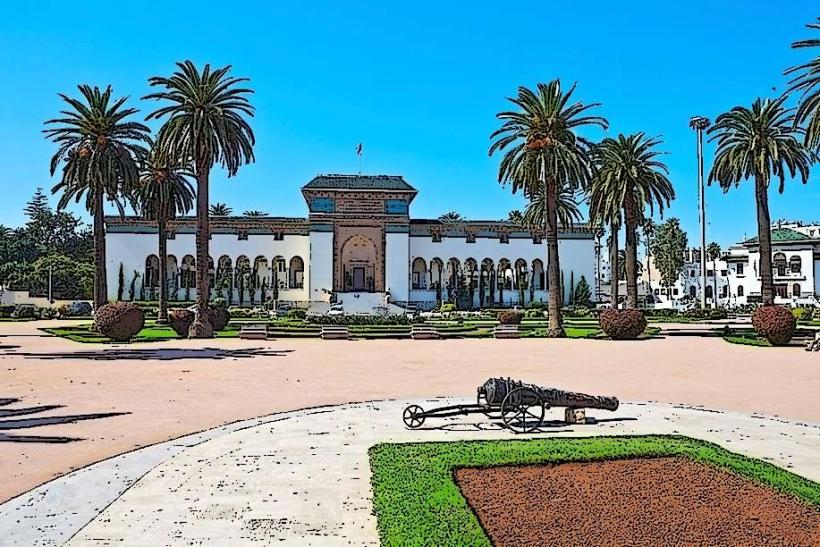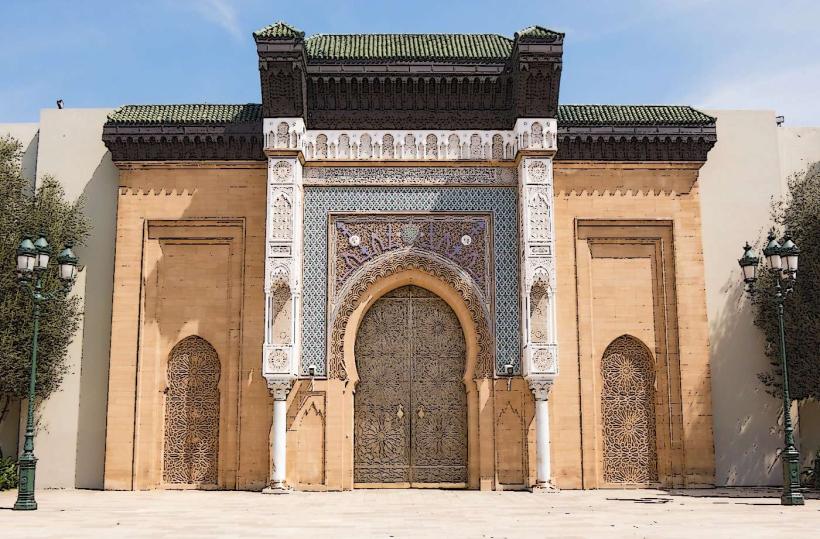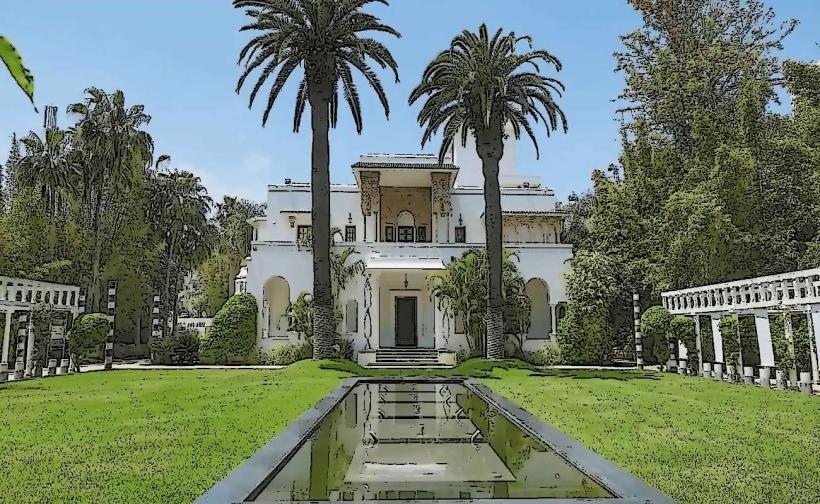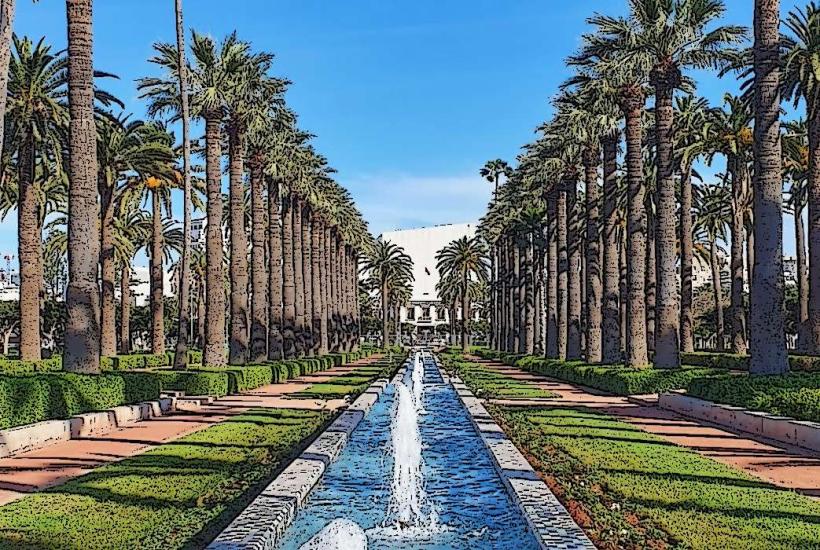Information
Landmark: Hassan II MosqueCity: Casablanca
Country: Morocco
Continent: Africa
Hassan II Mosque, Casablanca, Morocco, Africa
Overview
You know, Rising above Casablanca’s shoreline, the Hassan II Mosque stands as a city icon and ranks among the largest mosques on the planet, also this architectural gem blends graceful Islamic patterns with sleek modern lines, echoing Morocco’s deep history, vibrant culture, and sacred traditions.In the 1980s, the late King Hassan II commissioned the mosque to mark his 60th birthday, a celebration that rose in stone and marble along the coast, simultaneously they broke ground in 1986 and wrapped it up in 1993-a full seven years from the first shovel of dirt to the final brick.The mosque sits right on the edge of the Atlantic, where waves crash against the rocks and the sea stretches endlessly before you, on top of that french architect Michel Pinseau designed it, and teams of Moroccan and foreign workers brought it to life, hammering under the radiant coastal sun.The mosque is more than a destination to pray; it stands as a proud symbol of Morocco’s long Islamic tradition and the monarchy’s enduring authority, its minaret cutting sharply into the radiant blue sky, in addition it reflects Islam’s deep religious and cultural roots in Morocco, where the King-regarded as the Commander of the Faithful (Amir al-Mu'minin)-stands as a guardian of tradition, much like the call to prayer echoing through a Marrakech marketplace, sort of The Hassan II Mosque is a stunning showcase of modern Islamic design, where intricate Moorish arches meet sleek, contemporary engineering, as a result one standout feature is its minaret-the tallest in the world-rising 210 meters, high enough to catch the first light of dawn, maybe You can spot it from almost anywhere in the city, and its tall silhouette has become one of Casablanca’s most iconic landmarks, in turn a laser beam fixed to the minaret cuts through the night sky toward Mecca, helping worshippers find their direction for prayer.The mosque spreads across 9 hectares-about 22 acres-and holds up to 25,000 people inside, with room for another 80,000 filling the sunlit courtyards outside, after that it’s the largest mosque in Morocco, and the seventh biggest in the world-its vast courtyard can hold thousands beneath the blue Atlantic sky.Materials: The mosque blends rich Moroccan tradition with sleek modern elements, from carved cedar doors to smooth glass panels, also it’s built from top-notch materials-marble cool to the touch, warm wood, gleaming glass, and tadelakt, a smooth, hand-polished plaster.Polished marble gleams underfoot, and the walls burst with intricate mosaic tiles framed by delicate stucco carvings, in conjunction with interior Design: Inside the mosque, a vast prayer hall stretches out beneath a towering cedar ceiling, its wood warm and rich with the faint scent of resin.Inside the prayer hall, graceful Islamic calligraphy winds across the walls, framed by intricate geometric patterns that catch the light, what’s more the mosque boasts gleaming chandeliers and intricate wall carvings, each a testament to Morocco’s long, proud tradition of craftsmanship.Oddly enough, Perched right on the edge of the Atlantic, the Hassan II Mosque’s oceanfront setting is one of its most striking features, also it rises from a man-made platform that juts out over the Atlantic, its floor set high above the churning water below.Honestly, The mosque sits in a strikingly peaceful spot, glowing at sunset as its walls catch and mirror the day’s last golden light, consequently the mosque complex has several spacious courtyards, some with cool stone fountains where water flows softly, serving both as an elegant centerpiece and for the traditional Islamic purification before prayer.In Moroccan architecture, water features take center stage, their gentle trickle deepening the mosque’s calm, almost hushed atmosphere, moreover the Hassan II Mosque isn’t only a region of worship-it’s a powerful cultural landmark and a proud symbol of the nation, its towering minaret visible for miles along the coast.Here’s one of the central reasons it matters: the mosque serves as a locale for daily prayers and gathers the community for major religious celebrations like Eid al-Fitr and Eid al-Adha, when the air fills with the scent of fresh bread and spiced tea, as a result in Casablanca, it serves as a major hub for Islamic worship, drawing thousands daily, their footsteps echoing across the marble courtyard, slightly often The mosque stands as a powerful emblem of Morocco’s deep devotion to Islam, its minaret casting a shadow that also reflects the monarchy’s guiding role in the nation’s spiritual life, likewise it also shows the nation’s promise to bring traditional architecture into the modern age, all while keeping the intricate arches and patterns that reflect its Islamic heritage.Tourism and Accessibility: The mosque serves mainly as a spot of worship, but visitors are welcome to step inside and admire its cool marble floors, after that travelers from all over the world flock to the mosque, drawn by its soaring arches and intricate stonework, eager to explore its beauty and gain a deeper understanding of the Islamic faith, sort of Outside prayer hours, non-Muslim visitors can join a guided tour of the mosque, walking past cool marble floors and quiet courtyards, along with the mosque welcomes visitors and teaches them about Islamic traditions and the rich tapestry of Moroccan culture, from the call to prayer’s echo to the intricate patterns carved into its walls.Join a guided tour of the mosque and you’ll uncover stories behind its intricate tilework, graceful arches, and centuries of Islamic history, to boot non-Muslim visitors can join guided tours of the Hassan II Mosque, each lasting about an hour to ninety minutes, with time to admire its intricate tilework up close.The tours lead visitors across the mosque’s wide sunlit courtyards, into its echoing prayer hall, and through other corners of the complex, in turn on the tour, guides roam you through the mosque’s soaring arches, recount its long history, and explain why it holds deep religious meaning, generally Dress Code: Visitors should wear modest clothing when they come to the mosque, such as covering shoulders and knees, what’s more women must wear clothes that cover both arms and legs, while men are expected to skip the shorts-think light trousers on a warm afternoon.If you need one, they’ll hand you a scarf so you can cover your head, soft cotton brushing against your hair, while the mosque welcomes visitors on weekdays from 9 a.m. To noon, then opens again from 2 to 4 p.m, when sunlight spills softly across its courtyard, while tourists can’t enter during prayer times, especially on Fridays when the call to Jumu’ah echoes through the courtyard.The Hassan II Mosque stands in Casablanca’s Ain Diab district, its towering minaret looking out over the deep blue sweep of the Atlantic, consequently if you’re near the city center, you can hop in a taxi, catch a bus, or simply stroll there, passing cafés and shop windows along the way, in a sense Guided tours charge an entrance fee, usually between MAD 120 and MAD 150, with the price shifting by season-summer rates tend to be higher, moreover in conclusion, the Hassan II Mosque stands as both a deeply significant site of worship and an astonishing work of architecture, its marble floors gleaming beneath the Moroccan sun.With its mix of traditional Islamic and Moorish design, modern building methods, and a breathtaking perch above the Atlantic’s crashing waves, it’s a must-spot for anyone visiting Casablanca, consequently the mosque rises in stone and shadow, reflecting Morocco’s rich cultural, religious, and architectural heritage, and it still welcomes visitors seeking worship, knowledge, and a spark of inspiration., occasionally
Author: Tourist Landmarks
Date: 2025-09-26

